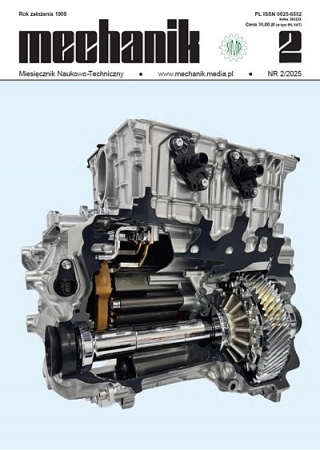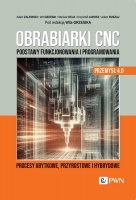Sterowanie ruchem dwuramiennego robota mobilnego za pośrednictwem technik rzeczywistości wirtualnej *
Controlling the motion of a two-arm mobile robot through virtual reality techniques
Mechanik nr 07/2018 - Nowe technologie
STRESZCZENIE: W wielu sytuacjach korzystne może być zastąpienie wykonującego pracę człowieka mobilnym robotem. Dotyczy to zwłaszcza przypadków związanych z przebywaniem w strefie zagrożenia i narażeniem na szkodliwe substancje chemiczne lub promieniowanie jonizujące. Niestety rozwój technik sztucznej inteligencji nie pozwala jeszcze na budowanie w pełni autonomicznych robotów. W związku z tym uzasadnione jest wykorzystanie dwuramiennych robotów mobilnych, pełniących rolę awatara sterujących nimi człowieka. Jako interfejs sterowania dla teleoperatora robota można z powodzeniem zastosować aparaturę typową dla interaktywnych środowisk wirtualnych.
SŁOWA KLUCZOWE: roboty mobilne, rzeczywistość wirtualna, teleobecność, zdalne sterowanie
ABSTRACT: In many situations it may be beneficial to replace a worker with mobile robot. Especially in the case of a possible entry into the danger zone, related to, for example, exposure to harmful chemicals or ionizing radiation. Unfortunately, the development of artificial intelligence techniques does not yet allow the construction of fully autonomous robots. Therefore, it may be justifiable to use two-armed mobile robots acting as an avatar of the human being. As a human-machine interface for the tele-operator, the equipment typical of interactive virtual environments can be successfully used.
KEYWORDS: mobile robots, virtual reality, telepresence, remote control
BIBLIOGRAFIA / BIBLIOGRAPHY:
- Kosinski R.J. “A literature review on reaction time”. South Carolina: Clemson University, 2008.
- Salcudean S., Ku S., Bell G. “Performance measurement in scaled teleoperation for microsurgery”. Lecture Notes in Computer Science. Vol. 1205. Springer, 1997: s. 789–798.
- Wagner C., Stylopoulos N., Howe R.D. “The role of force feedback in surgery: analysis of blunt dissection”. Proceedings of the 10th symposium on haptic interfaces for virtual environments and teleoperator systems. 2002: s. 68–74.
- Zandsteeg C.J., Bruijnen D.J.H., van de Molengraft M.J.G. “Haptic tele-operation system control design for the ultrasound task: A loop-shaping approach”. Mechatronics. 20 (2010): s. 767–777.
- Euijung Yang, Dorneich M.C. “The emotional, cognitive, physiological, and performance effects of variable time delay in robotic teleoperation”. International Journal of Social Robotics. 9, 4 (2017): s. 491–508.
- Grabowski A. „Projekt dwuramiennego robota sterowanego przez teleoperatora z wykorzystaniem technik rzeczywistości wirtualnej”. Napędy i Sterowanie. 226 (2018): s. 46–50.
- Keshner E.A. “Virtual reality and physical rehabilitation: a new toy or a new research and rehabilitation tool?”. Journal of NeuroEngineering and Rehabilitation. 1(1):8 (2004).
DOI: https://doi.org/10.17814/mechanik.2018.7.66
* Artykuł recenzowany
























